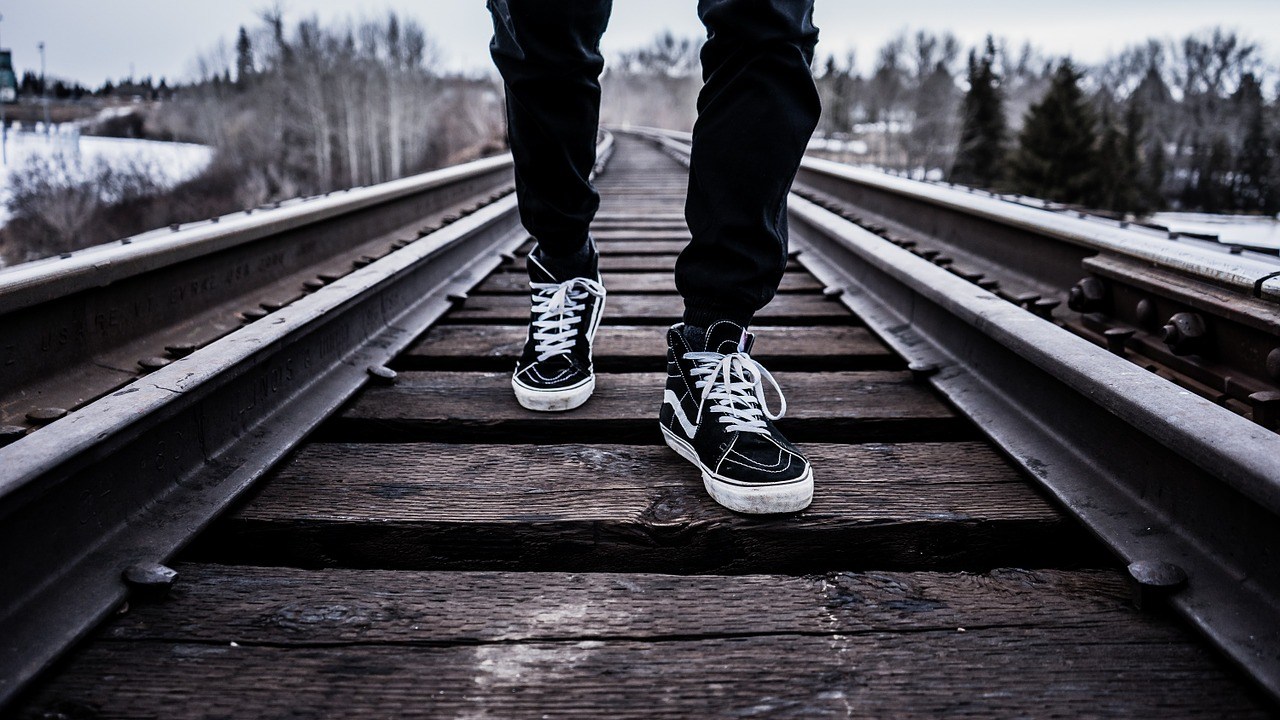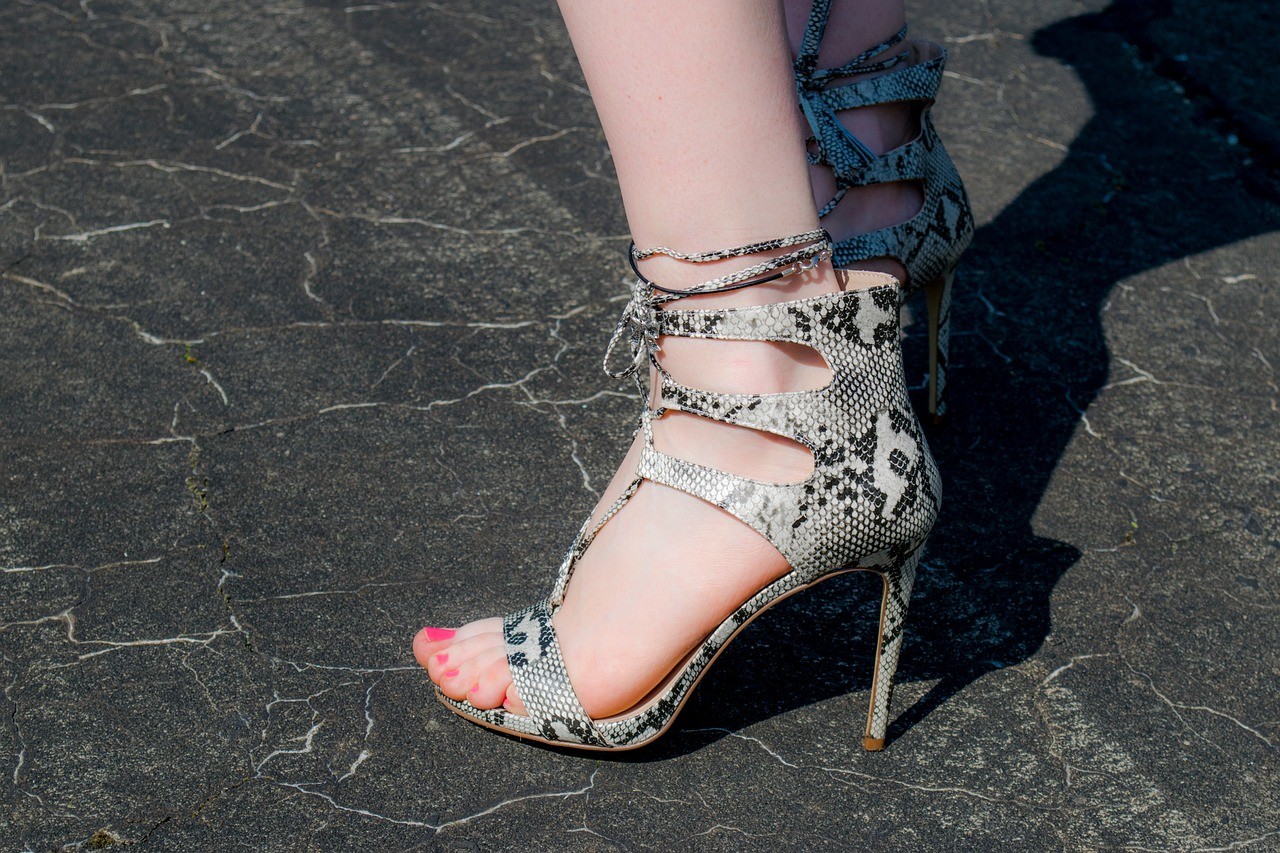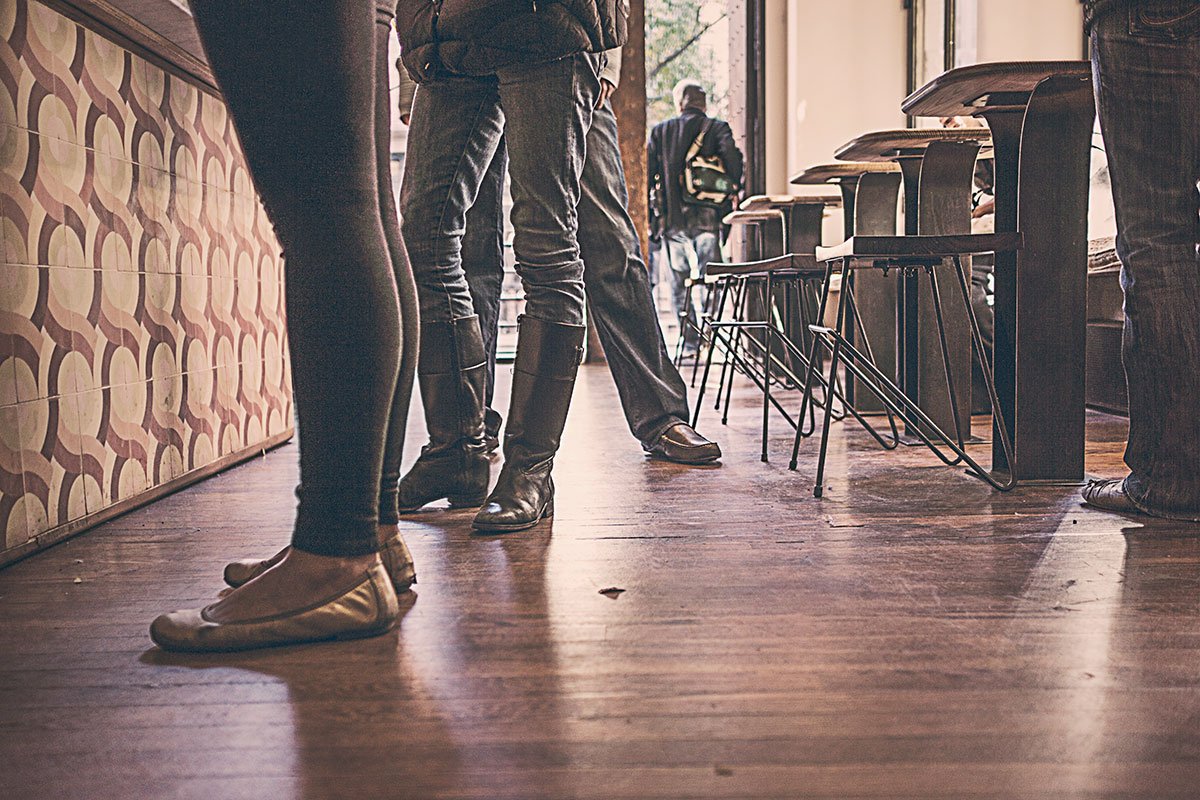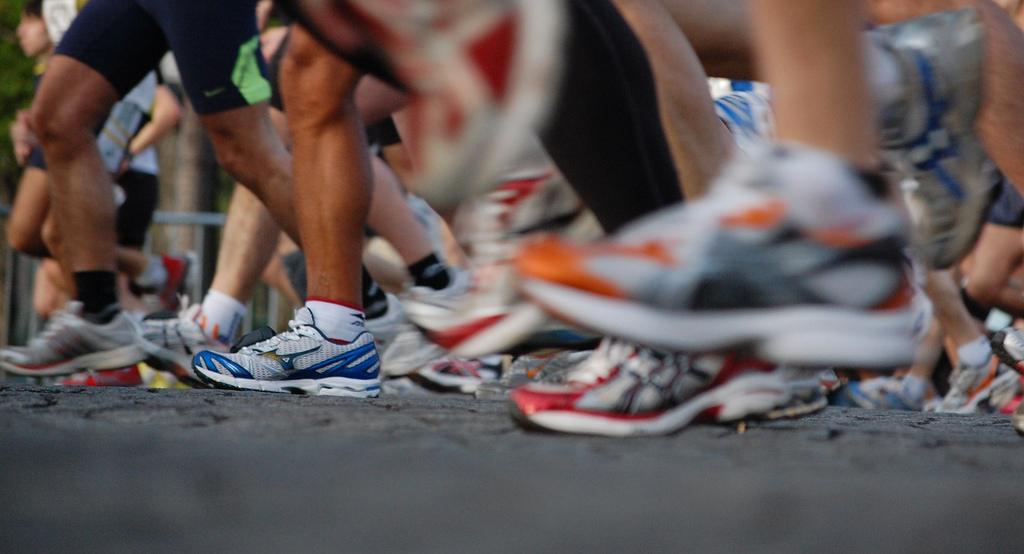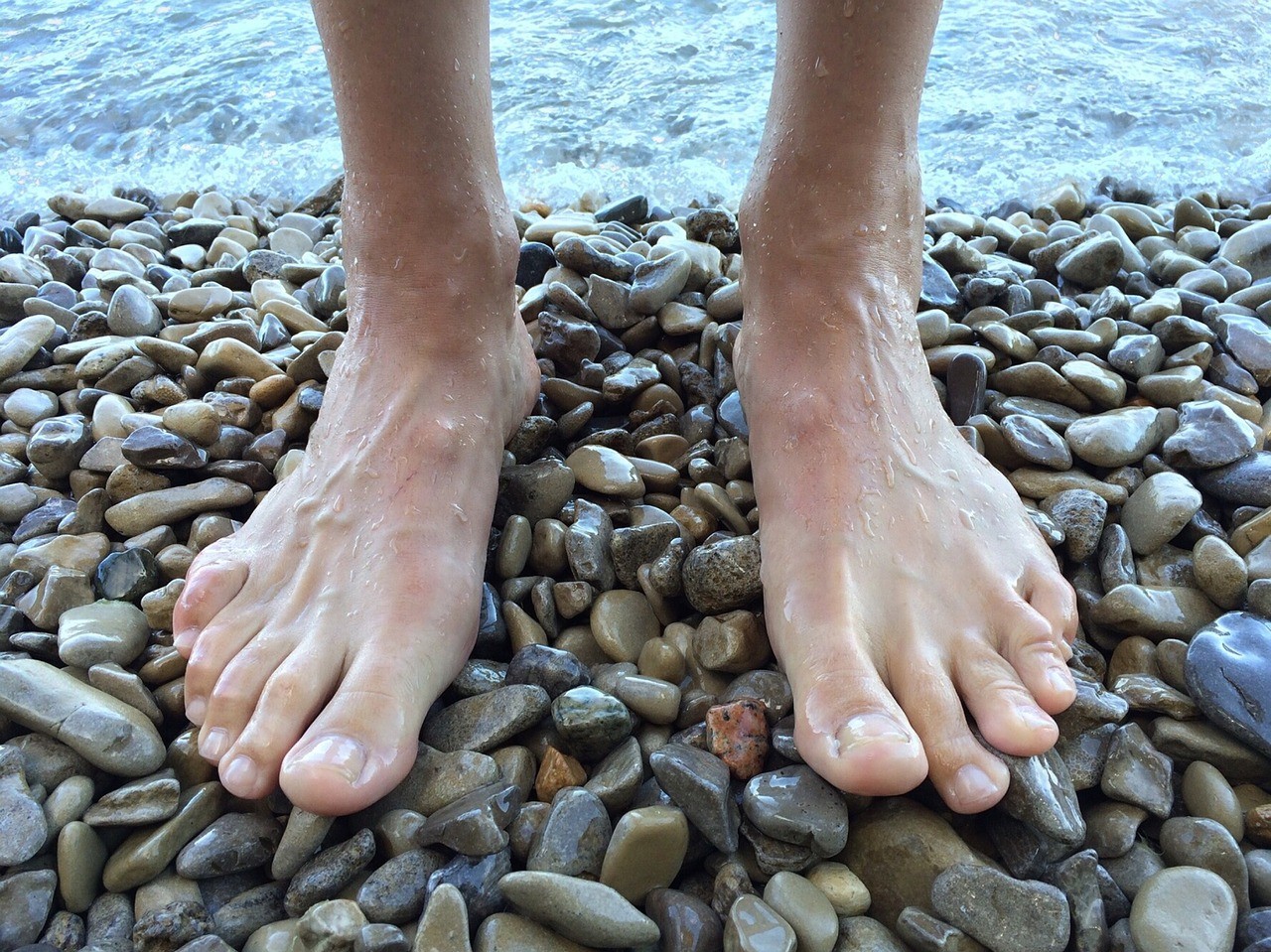To check if you have this condition, perform a quick test: get your feet wet and stand on a surface where your footmark will show (piece of paper on the floor, tiles in your bathroom). When you move away, you can see the marks of your feet. If it’s completely flat, without any curved lines on the inner side of the foot, sorry, but you have flat feet. It’s bad news, but you’re not alone. Many people with the same problem are very active: running, playing soccer or doing heavy labor. The pain is the thing that makes you react and start thinking about the problem. Often it might be late, but still, we’re here to improve our lives, so we’re tackling the flat feet issue today.
The Flat Problem – Origins, Types & Symptoms
Depending on the lifestyle, average people spend from four to seven hours a day standing or walking. Our whole weight pressures the feet; they cover a minuscule area compared to our entire body. With every step, our feet endure the pressure of our full weight. Accumulating with time, our feet bear dozens of tons of pressure every day. Maybe you didn’t know, but we’re all born with flat feet; the arch develops way later. Most people’s arches grow through childhood, but some people’s don’t. There are also risk factors like obesity, aging, diabetes, foot and ankle injury or rheumatoid arthritis that can cause flat feet later in life. Some people live with flat feet without even noticing, and without any need of correction or treatment. Others do have symptoms that usually involve weakness, pain, swelling of the inside bottom of the feet, and painful movement.
1. Ladies
Let’s start with the girls. High heels are one of the main risk factors among women that cause this condition. They wedge your feet into tiny spaces and cause you to balance in a way that the human body is not supposed to. What does this mean? High heels alter your center of gravity and wearing them on a regular basis can make your arches almost useless. The obvious solution would be not to wear high heels, or wear them only during special occasions.
2. Obese people
With more weight, your knees and ankles endure more pressure, your ligaments and muscles get stretched more than regular and lose the original ability to perform over time. This effect creates even more pressure to the arch of the foot, which bends and flattens under pressure, twisting the foot to the unnatural state. The pain is manifested throughout the whole leg, and the natural arch and feet become chronically sore.
Getting through the working day
There are certain jobs where it is essential for women to be in high heels and it’s one of the reasons that lead to flat feet problem. In these cases, women should try to spend as little time as possible in high heels and carry spare flat shoes to wear whenever they get the opportunity to prevent fatigue, swelling and flat feet. Also, it’s important to obtain insoles for shoes that are designed for flat feet to facilitate wearing high heels. This problem also occurs in men, especially in workplaces where it is necessary to stand for several hours or jobs that require physical strength. If you have one of the risk factors, such as obesity, for example, the problem becomes greater. Physically demanding jobs that take place outdoors are particularly threatening to the foot, simply because they require more raw power and energy consumption. In these situations, adequate working boots with appropriate insoles will help to support the foot and ankle and reduce pain in feet, knees, and lower back.
Recreation, exercise & relaxation
Having flat feet doesn’t necessarily mean you can’t take part in sports, participate in any activity, or have a productive and fulfilling life. The problem can be quite unpleasant and painful, but you can relieve it in many ways.
1. Running
One of the activities where people with flat feet face problems is running; it can be frustrating, stressful, and downright painful. When the arch of the foot is stretched out of its normal position, it is called the “Fallen.” It affects the runner’s ability to absorb the shock that the foot endures during the impact with the ground. With the fallen arch, the shock effect goes through your feet and legs, thus resulting in a higher risk of injury to the entire leg, not just ankles and feet. With the proper pair of running shoes for flat feet, it’s possible to alleviate most of the issues that accompany flat-footedness. Runners with flat feet need motion-control or stability shoes, with insoles that support the flat side of the foot. The walls of these shoes are strengthened to keep the ankles in a stable position and have a reinforced support from the bottom.
2. Exercises that help with flat feet
Barefoot walking and standing are two simple and easy things that will help. People tend to get used to shoes and socks so much that the feet skin gets so gentle and sensitive. Strengthen your feet by not wearing anything on them as much as possible. Run barefooted, and perform balancing exercises; these will enhance your tendons, ligaments, and muscles significantly. With stronger feet, your natural positioning can be balanced out and repaired to a normal state. Combined with good insoles and shoes, you might improve your flat feet.
3. Relaxation with foot massage
Feet have millions of nerve endings, which are known and can be exploited by many types of massage. The quality feet massage can relieve many different pains in the whole body. When you have flat feet, you have even more reasons to have a foot massage. Massage increases circulation and loosens up connective tissue. The numerous massage benefits can improve the quality of your living, with or without flat feet. If you have a partner with flat feet, he or she will highly appreciate a good foot rub and massage. Here’s how to do it:
Spend at least 3 or 4 minutes warming up your partner’s entire foot. After you’ve revved up the blood flow in the foot and warmed the muscles and connective tissue, begin to make long and gradually deeper strokes along the length of the sole, with one hand on each side of the foot. Long strokes are an important part of foot massage. Apply the milking stroke to the foot. Take the foot that’s closest to you with both your hands and perform a series of ten strong, short-pulling strokes on both sides of the foot. Your strokes should be alternately lengthening each side of the foot. Reverse the action, pushing toward the heel on the arch and the outside of the foot, moving gradually into circles on the front of the ankle. Wring the foot applying the “Indian rub” technique with your thumbs on the middle arch side of the foot as if you were wringing out a towel. Allow a lot of movement in the foot as you perform the strokes, as it will be useful for the range of motion in the ankle and will stimulate circulation. When you’ve completed the precise strokes on the foot, apply deep effleurage to calf muscles. Sometimes tightness in the calf muscles can exert pressure deep in the foot, which contributes to plantar fasciitis and pes planus.
Living with flat feet is not hard
If you add small changes in everyday routine and the way you live, in time, you will notice a significant improvement in the quality of your life. There are many ways to make life easier for people with flat feet. Proper footwear for every occasion is essential for relieving or even eliminating symptoms. It allows you to have a more productive day at work, and participate in a lot of activities that will contribute to better health in general: nature walks, sports activities, etc. Massages relieve pain and swollen ankles and feet, and there are exercises that prevent further development of symptoms. Treat your feet, protect your feet, care for your feet, exercise and relax your feet. They will be grateful, and repay you with long healthy years.
